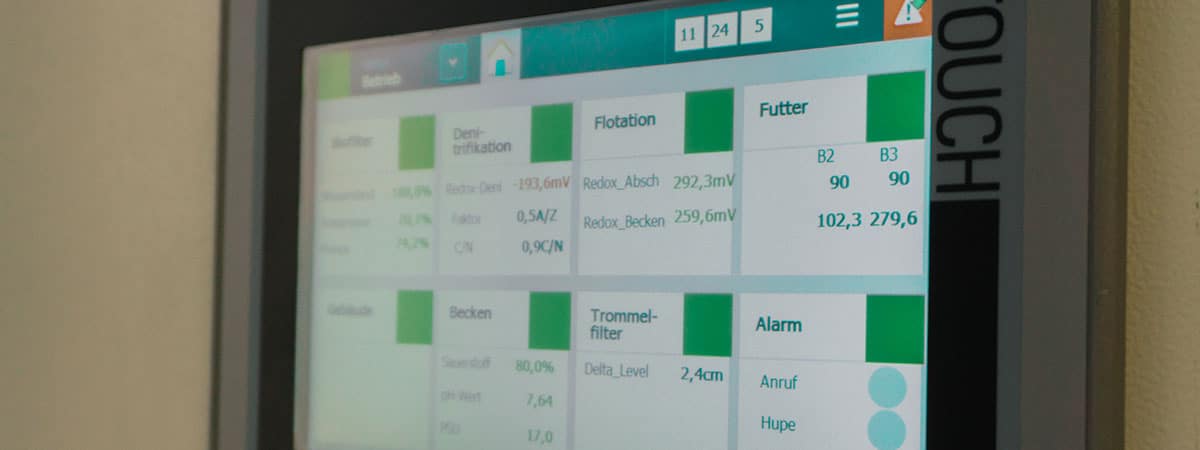Digitalization of agriculture

Digitization is one of the most significant developments of the 21st century and has revolutionized agriculture in recent years. In the past, the job of a farmer involved a high level of physical workload as well as a large amount of time. Many activities were performed manually and the farmer was forced to be always available on site. Increasing digitalization has led to positive changes for farmers – „digital farming“ or „smart farming“ are no longer foreign words.
Germany is one of the world’s leading nations in the manufacture and use of modern agricultural technology. In particular, many startups from the „Ag-Tech“ sector (Agricultural Technology) have been shaking up the agricultural industry in recent years with innovative ideas and new types of software. Automated systems such as milking robots, remote-controlled combine harvesters, viticulture robots or automatic feeders are now widely used in animal husbandry. In the future, more digital solutions will follow.
“According to a survey, 80% of farmers consider digitization in agriculture to be useful.“
Federal Ministry of Food and Agriculture of Germany (BMEL)
The buzzword „Big Data“ will gain enormous importance in agriculture in the coming years. Thanks to new developments in sensor technology, it is now possible to collect a wide range of data on production and animal behavior and thus evaluate or optimize processes. Intelligent systems take over the monitoring of relevant parameters and provide all information in real time. For example, modern sensors measure the body temperature, movement activity or the drinking behavior of animals. Novel camera models examine movement patterns or monitor the births of young animals. The availability of this data at any time via suitable apps facilitates the farmer’s daily work. Often, this enables the farmer to no longer have to be on site around the clock.
Self-driving harvesting vehicles, intelligent feed systems and robots, for example, make a decisive contribution to reducing the physical workload of farmers. On the one hand, the reduction of physical labor strengthens the vitality of farmers. In addition, the use of modern technologies often ensures succession at farms. Although experts believe that smart systems could result in the loss of traditional jobs, new fields of employment are being created in data analysis or through the expansion of economical, digitized farms.
In addition, animal welfare can be increased through the new possibilities for monitoring animal health and early detection of maladies, for example owing to the use of fitness trackers and health monitoring. In addition, digitalization will make food production more sustainable and transparent, for example by providing precise information on the origin of products.
With the SEAWATER Cube, we would like to realize another branch of production for farmers with all the advantages of the digital world. Our fully automated fish farm takes up only 100 square meters of space and requires an average workload of approximately 1.5 hours per day. An integrated camera allows visual control or monitoring of the animals at any time and from any location. The operator has full access to all system parameters via a Siemens panel and various control functions are also available in real time at any time. The Cube is integrated into the company’s own cloud and communicates with our SEAWATER system control center via modern remote control systems. This enables us to provide support during operation, operating errors are avoided and process and production stability is increased.
In summary, the increased use of technology in agricultural production is therefore associated with many advantages. However, complete automation in agriculture is still largely a vision of the future. In conclusion, it remains to be said that animal handling and farming are sensitive fields of activity that will never completely dispense with the human factor. Sometimes intuition, experience and common sense can simply help better than any software.
References
— Federal Ministry of Food and Agriculture of Germany / Bundesministerium für Ernährung und Landwirtschaft (BMEL): Digitalisierung in der Landwirtschaft
— Landwirtschaftsverlag GmbH, F3 – farm.food.future, „Big brother is watching Kuh“, Ausgabe 01/2019
— Picture: SEAWATER Cubes